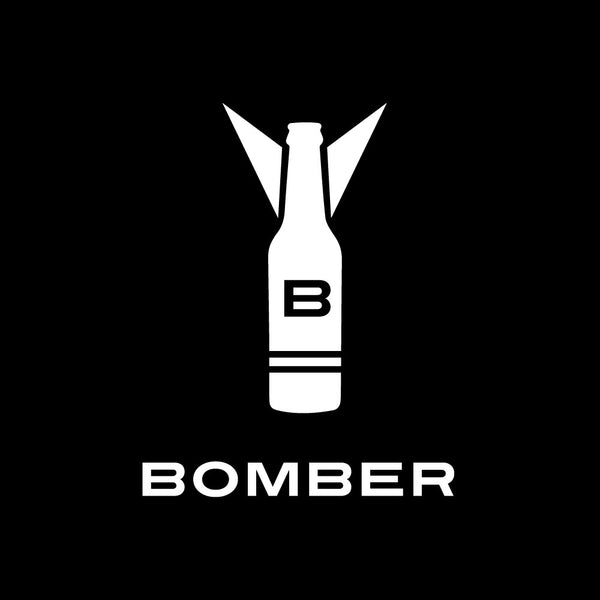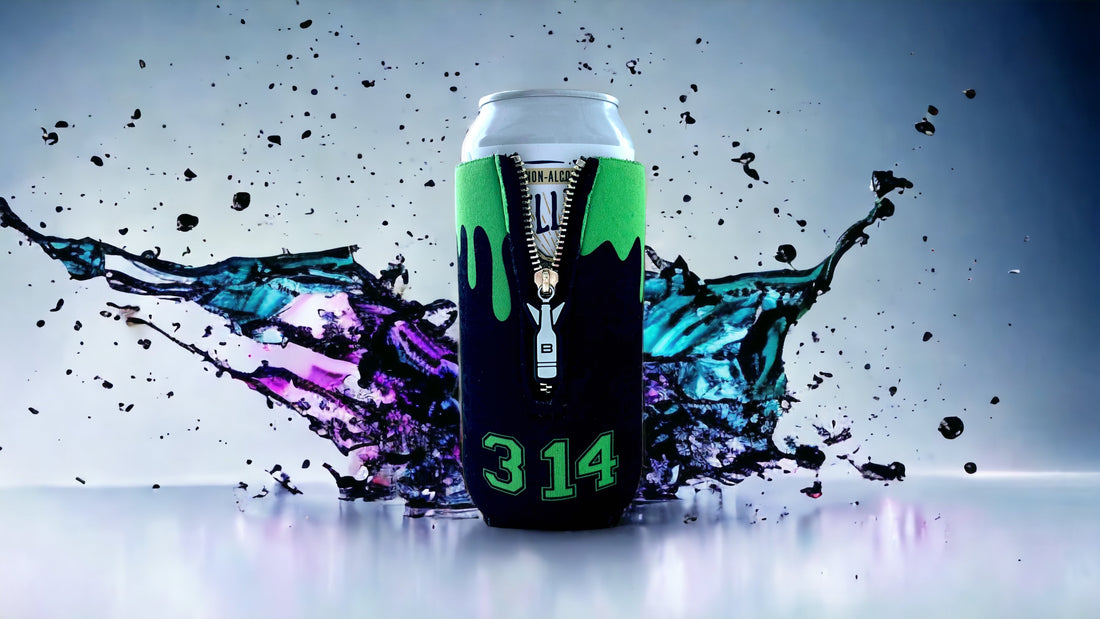The beer industry witnessed significant shifts and intriguing trends in 2023, providing a glimpse into the evolving preferences of beer enthusiasts. From sales data to the rise of new styles and the impact of technology, let's delve into the key takeaways from the past year.
-
Segment Sales Overview:
- Total beer sales experienced a 2.7 percent increase, reaching $39.1 billion.
- Imports and Flavored Malt Beverages (FMBs) led the growth, with double-digit increases.
- Domestic Sub-Premium and Non-Alcoholic segments also showed positive momentum, reflecting diverse consumer preferences.
-
Vendor Performance:
- AB InBev retained its top position, despite a 7.8 percent sales decrease, mainly attributed to a PR incident.
- Molson Coors and Constellation Brands secured the second and third spots with double-digit growth.
-
Top Beer Brands:
- "The Big 6" dominated, with Bud Light facing challenges after a PR debacle.
- Modelo Especial surpassed Bud Light as the top brand, with Corona experiencing a 5 percent sales jump.
-
IPA Dominance and Consumer Fatigue:
- IPAs continued their sales rise, comprising nearly half of all craft sales.
- Consumer feedback suggests a desire for a return to West Coast styles and diversification beyond hazy IPAs.
-
Rise of Imports:
- Imports are poised to become the top-selling segment, witnessing a 12 percent increase in sales.
- The success of brands like Modelo, Corona, and Heineken highlights the appeal of premium quality and overseas novelty.
-
Flavored Malt Beverages (FMBs) and Cheladas:
- FMBs, driven by Cheladas, showed substantial growth, approaching $4 billion in sales.
- Craft brewers have an opportunity to tap into this market by demystifying and elevating Chelada as a refreshing Mexican lager.
-
Hard Seltzer Decline:
- Hard seltzer sales experienced a 15 percent drop, signaling a decline in the novelty.
- Experimentation with new flavors like Peach could reinvigorate the segment.
-
Rise of Non-Alcoholic Beers:
- Non-Alcoholic (NA) beer saw a remarkable 30 percent increase in sales, reaching $300 million.
- Heineken 0.0 and Budweiser Zero emerged as top players, challenging the traditional stigma associated with NA beers.
-
Consumer Preferences for 2024:
- Drinkers express a desire for easy-drinking styles, with a focus on table beer.
- Quality Trappist styles and ESBs gain traction, signaling a shift towards less potent and more classic beer options.
-
Tech, Collaboration, and Influencer Endorsements:
- AI's role in brewing, marketing, and product development is on the rise.
- Collaboration with celebrities and influencers, as seen in other industries, is becoming more prevalent in the beer market.
Conclusion: As the beer landscape evolves, breweries have the opportunity to navigate these trends, adapt to consumer preferences, and explore innovative collaborations. Whether it's embracing classic styles, experimenting with new flavors, or leveraging technology, the key lies in staying attuned to the dynamic demands of the beer enthusiasts of 2024.

